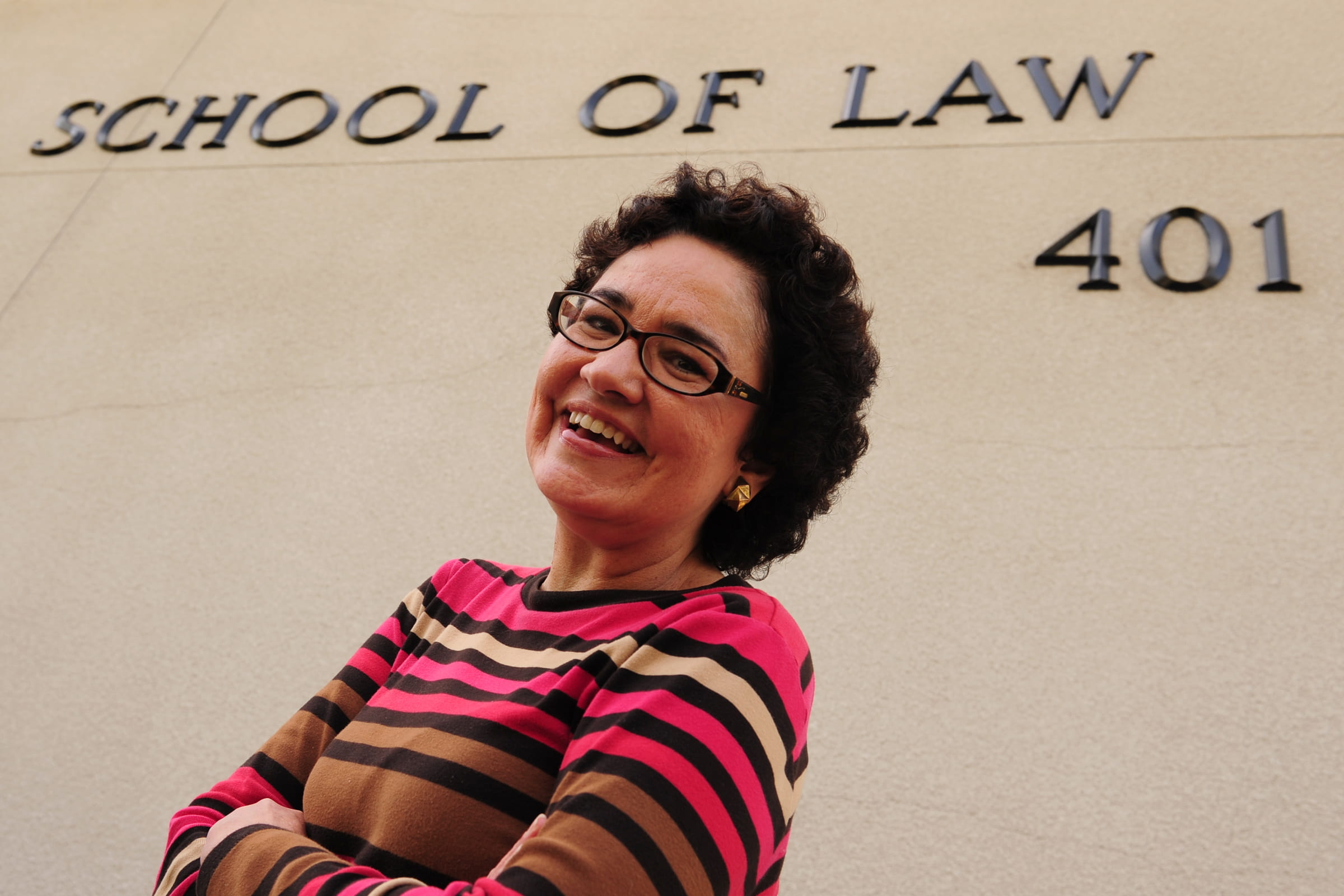Sexual revolution rooted in 1940s, study shows
Shifting societal views of sex have changed classification and regulation of sex crimes.
The sexual revolution, commonly defined by The-Pill-enabled swinging ’60s, actually started earlier, continued longer and sparked much broader consequences than the proliferation of free love, according to a new study by UC Irvine sociologist David John Frank.
“When we refer to the sexual revolution, we typically refer to something that happened suddenly in the 1960s, that took place mainly in the U.S. or Western countries, and that lifted restrictions on all kinds of sexual interactions,” says Frank. “None of these is entirely true.”
In a study published in the December issue of American Sociological Review, Frank and co-authors found that as early as the mid-1940s societal views of the role of sex began changing from a predominantly procreative activity to one focused on individual satisfaction and self-expression. Among the sexual revolution’s most widespread and enduring effects, they found, was the significant change in how sex crimes are classified and regulated around the world.
Using global data collected from 194 nation-states on sex crime laws from 1945 to 2005, they analyzed the effects of reconceptualization on sex crime regulation. They found that as societal models shifted to an individualistic focus, laws regulating sodomy and adultery – acts generally defined as consensual transactions among adults – became more relaxed. Laws regulating rape and child sexual abuse – crimes committed without individual consent – expanded in scope.
“Sex is the most basic form of human interaction and thus the foundation of society itself,” says Frank. “Changes in the regulation of sex reveal the evolving bases and boundaries of contemporary society.”
Specifically during the 60-year period:
- 34 of 50 adultery law revisions around the world, or 68 percent, contracted the scope of laws criminalizing adultery
- 83 of 102 sodomy law revisions, or 81 percent, contracted the scope of laws criminalizing sodomy
- 119 of 140 child-sexual-abuse amendments around the world, or 85 percent, expanded the scope of laws regulating child sex abuse
- 120 of 123 rape-law amendments, or 98 percent, expanded the scope of laws regulating rape.
The changes reflect fundamental cultural shifts.
“The rise of the individual in world models of society has raised the priority of individual consent and lowered the priority of collective order across the policy field,” Frank says. “The whole process has unleashed a global wave of sex-law reforms, dispersing the seeds of sexual revolution.”
Bayliss J. Camp of California State University, Sacramento and Steven A. Boutcher of the University of Massachusetts, Amherst and a UCI sociology Ph.D. alumnus co-authored the study with Frank.



